The Meizu PRO 5 Review
by Matt Humrick on June 24, 2016 8:00 AM EST- Posted in
- Smartphones
- Exynos
- Mobile
- Meizu
- Exynos 7420
Final Words
The Meizu PRO 5 was released towards the end of 2015, and it’s tempting to dismiss it now that we have a new generation of phones to choose from. Meizu even added a new member to the PRO family in the form of the PRO 6 recently, released only about half a year after the PRO 5. For now though, Meizu will continue to sell the PRO 5 alongside the PRO 6, which makes some sense. The two phones use different size 1080p SAMOLED displays, 5.7-inch for the PRO 5 and 5.2-inch for the PRO 6, giving customers different size options, and the PRO 5 will of course be less expensive. Even when compared to newer phones in its price range, like the just recently announced OnePlus 3, the PRO 5’s specifications still hold up pretty well.
When the PRO 5 first appeared, its Exynos 7420 SoC was the highest performing silicon available for Android phones. Since that time, a whole new generation of SoCs were introduced, including HiSilicon’s Kirin 950/955, Qualcomm’s Snapdragon 820, and Samsung’s Exynos 8890, that offer better performance at least in some metrics; however, the older Exynos 7420 is still very capable, especially for general system tasks that rely on the CPU. It helps the PRO 5 keep pace in our web-based JavaScript tests, and with the help of the PRO 5’s fast UFS 2.0-based internal storage and whatever software tweaks FlymeOS includes, gives the PRO 5 some of the fastest times for launching and switching between apps. Its GPU cannot match the peak performance of newer parts, but it’s still fast enough for current games. Overall, the PRO 5 still feels like a modern flagship phone.
The PRO 5’s high-resolution 21MP rear camera captures nicely detailed images and generally handles exposure and white balance well, although it leans towards brighter exposures in medium-light scenes. In good lighting, the PRO 5’s image quality is competitive with other flagship phones. And while its image noise is average for a phone camera, the lack of OIS keeps it from matching the low-light performance of more expensive phones such as the Galaxy S7. Unfortunately, the PRO 5’s HDR mode is disappointing, making overexposed areas worse and greatly exaggerating colors.
The PRO 5’s greatest strength, and what really sets it apart, is its great-sounding audio. While its external speaker seems better tuned for voice calls and movie dialogue rather than music, its headphone output is the best I’ve ever heard. Inside the PRO 5 are two distinct headphone audio circuits: one path is similar to what’s found in most smartphones, but the second path, which Meizu dubs “Hi-Fi Sound 2.0,” includes higher-quality hardware that sounds better and is even capable of driving higher-impedance headphones.
No smartphone is perfect, however. The PRO 5’s weak point is its 5.7-inch SAMOLED display, whose 1080p resolution is low enough that some people will be able to notice the limitations of its PenTile pixel configuration. The panel’s maximum brightness is also pretty low even for OLED, and while the PRO 5’s grayscale and color accuracy are not the worst we’ve seen, it’s definitely not in the same league as Samsung’s Galaxy phones or Motorola’s Moto X Pure Edition.
The PRO 5 comes with Flyme 5.1, Meizu’s custom skin that runs on top of Android 5.1. We discussed the previous version of FlymeOS in our review of the Meizu MX4 Pro. The current version has a cleaner, more modern Android appearance. As is typical for Chinese OEM skins, Flyme does not include an app drawer. The usual Android back and recent apps buttons are also missing. Instead of physical or onscreen buttons, the PRO 5’s home button doubles as a capacitive button that can be assigned several different functions, although using it as a back button is an obvious choice. Swiping up from the bottom bezel brings up the recent apps menu. Personally, I find swiping far easier and more intuitive than pressing buttons on a smartphone, so I really like Flyme’s use of a swipe gesture for this common function. I really wish all Android phones used this method.
Flyme also supports lock screen gestures, including the ability to double-tap to light up the screen and swipe horizontally to change music tracks. You can also create shortcuts that automatically launch apps of your choosing by drawing letters on the lock screen. There’s also a persistent SmartTouch joystick button that’s always visible (opacity is adjustable) that can be assigned different tasks. For example, it can work as a back button by tapping it, an app switcher by swiping left or right, and will pull down the notification shade by swiping down, a useful feature if you cannot reach the top of the screen with one hand.
Flyme needs some additional polish, however. While it did not affect the limited number of apps I tried, the DVFS bug when using the PRO 5’s Performance power mode, which causes erratic performance in PCMark, could interfere with third-party app performance. The camera app’s inability to rotate the UI into landscape mode and lack of an HDR toggle on the main screen are additional examples. Fortunately, most of the Chinese translation problems have been cleaned up in the international version of FlymeOS, which are still prevalent when using English in the China specific version (shown below).
Despite a few shortcomings, I rather like the PRO 5. Sure, without LTE support and an OS that’s not tailored to western conventions, it’s not the best choice for North American customers. But it’s still a viable option for other markets depending on price. The PRO 5’s good performance, decent camera, and average battery life keep it competitive with other phones in this price range. A great fingerprint sensor and excellent audio help it stand out. The only thing really holding it back from being a great phone is the display and a general lack of polish in areas like the camera processing.


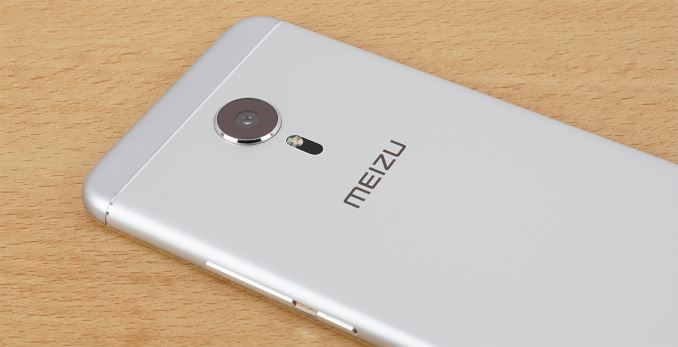
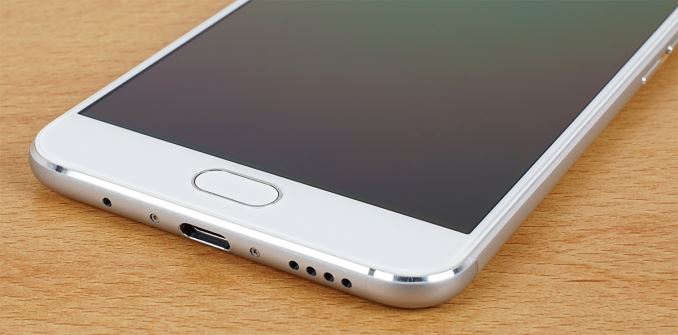
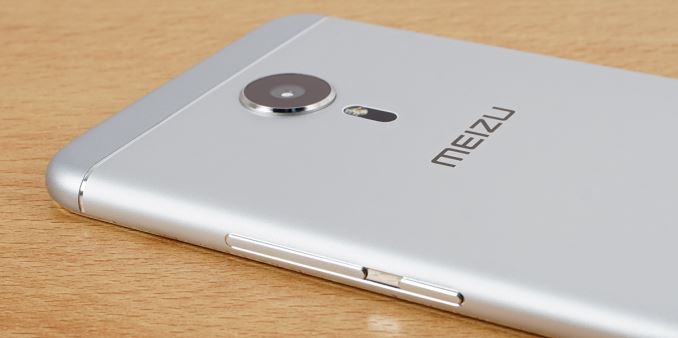
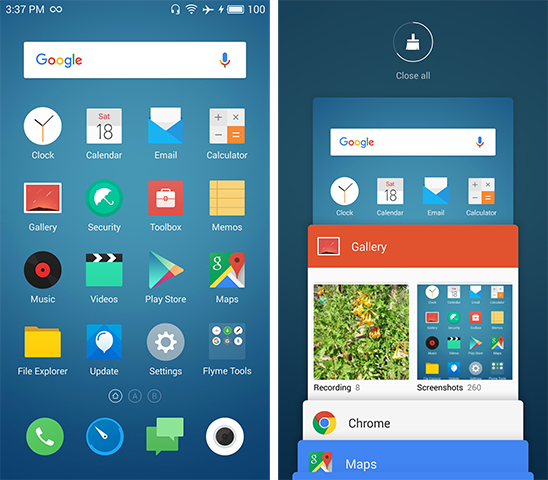

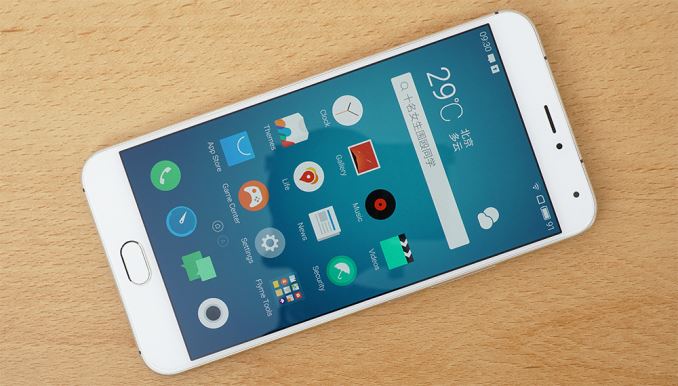








80 Comments
View All Comments
austinsguitar - Sunday, June 26, 2016 - link
:dasfletch - Monday, June 27, 2016 - link
I agree with some points about Chinese OEMs here, but their focus on audio has put Western OEMs to shame. Meizu MX4 Pro had fantastic headphone output which could drive almost anything well (along with this Pro 5, has nearly 2V out of the jack - astonishing). Having said that, they did launch it as 'Retina Sound' :PAlso the S6 (and S6 Edge) were released a couple of months after the Mi Note IIRC.
yoghibawono - Wednesday, July 13, 2016 - link
curved back of Xiaomi Mi Note actually came first. It's considered the first curved phone before popularized by samsung.retrospooty - Friday, June 24, 2016 - link
How is the phrase "Chinese phone" racist? He is referring to the many Chinese manufacturers that make phones. Now if he said "I dont like phones made by Chinese people" that would be racist... But no-one said anything like that.zeeBomb - Friday, June 24, 2016 - link
No point saying Chinese phone cuz parts gets fabricated into assembly by all OEMs.Michael Bay - Saturday, June 25, 2016 - link
Not liking phones made by chinese people is perfectly fine, as well as not liking them in general.Who said you have to like everybody? Your (((gender studies professor)))?
retrospooty - Monday, June 27, 2016 - link
No-one said you have to like everybody, but not liking a whole group of people based on their race is kind of the definition of racism... But again, no-one above said anything racist.xthetenth - Tuesday, June 28, 2016 - link
Oh hey it's the triple parens thing from someone discussing racism. Niiiiiiiiice.Michael Bay - Saturday, June 25, 2016 - link
>chinese phones are boring trash>DAS RAYCISSSS
All leftists will be quatered soon. ^_^
xthetenth - Tuesday, June 28, 2016 - link
Oh, oh wow. Look at the ickle alt-righter who can't even spell his own death threats.